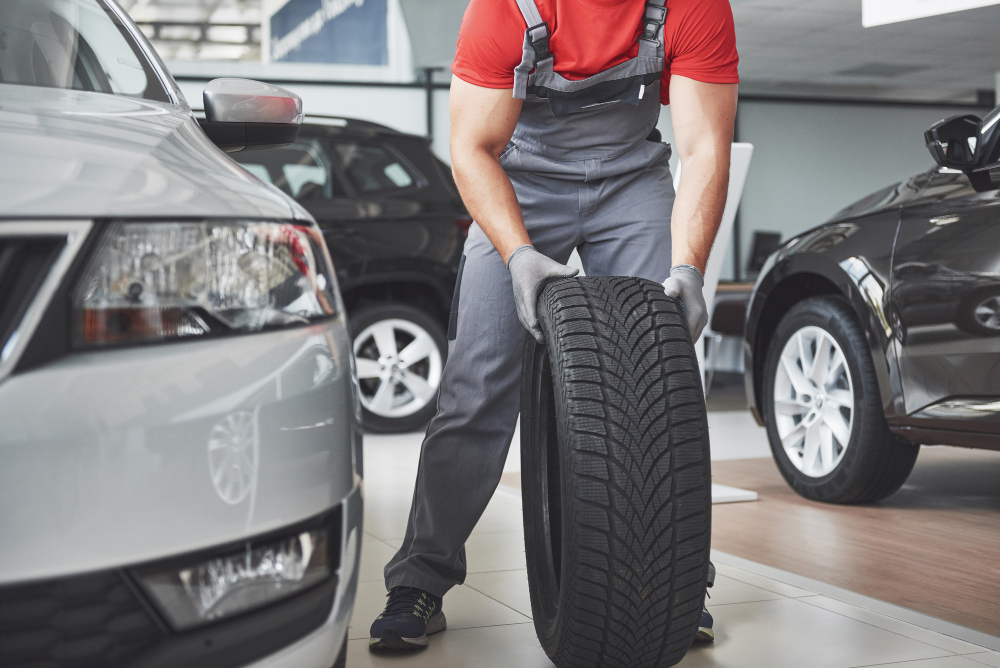If you’re getting new wheels or would like to change the wheel size of your vehicle, you may be wondering if you should get your wheels aligned, as this is a common question. The answer will depend on what you are doing because, in some cases, changing the wheels can affect alignment.
During a wheel alignment, the focus is on the camber, caster and toe-in, all of which need to be correct. The process does not concern the wheel itself but how the wheel is operating with the suspension and the steering. Having an understanding of these concepts is important because you will get to know more about wheel alignment, and the following guide will help.
The camber is the angle of the wheel when it is viewed from the front of the vehicle and is measured in degrees. The camber must be adjusted properly; otherwise, your tires will not wear evenly. The wheel angle will determine whether you have a negative camber, positive camber or zero camber. Caster refers to the angle of the steering pivot that is attached to your suspension. It is the steering pivot that turns the wheels to the right or left when you turn your steering wheel, and if the caster is out of adjustment, the vehicle can pull to one side or the other, so if you ever veer to the right or the left on a straight road, it’s likely because the caster is off.
Toe-in measures the difference in distance between the front of the tire and the back of the tire. This is not to be confused with the distance between the front set of tires and the back set of tires because toe-in refers to the distance between the front and back of the set of tires and is measured in fractions of an inch and is generally close to zero. Your wheels should be riding parallel, and when the toe-in is off, your tires will wear improperly.
These are the components that are adjusted during an alignment, and knowing this information will allow you to better understand the impact of changing wheels.
If you want to change your wheels for something a little more powerful, you won’t have to worry about alignment because if you swap the original equipment manufacturer for aftermarket and stay the same size of the wheel, alignment won’t be a concern. If you are changing the original equipment manufacturer for upsizing and want bigger wheels, you likely won’t have to worry about changing the overall geometry of the wheel because you are upsizing the wheel and adjusting the standing height of the tire. When you upsize your wheels, you are downsizing the standing height of the tire so that you keep the same total diameter, meaning you can get bigger wheels if that’s what you want.
The experts at 416 Wheels and Tires can provide you with more information regarding this matter. Our tire shop can provide you with rims, all-season tires, alloy wheels and tire changes. If you are looking for tires for sale in the Mississauga area, contact us today!

